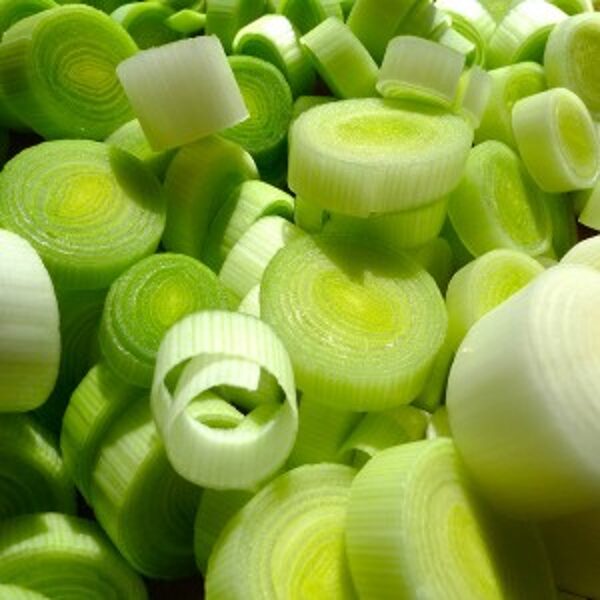Radishes Saxa 2. Raphanus raphanistrum subsp. sativus
Radishes have vitamin C as well as small amounts of Group B vitamins. Potassium is the most important of minerals. Radishes are a good source of fibre, contain few calories (16 kcal per 100 grams) and have a low glycaemic index, making them a very valuable product, especially for those with elevated sugar levels. This root also contains antioxidants, which will benefit the whole organism.
Anti-cancer effects. Eating cruciferous vegetables can help reduce the risk of cancer. One 2010 study found that radish extract contains a variety of isothiocyanates -- compounds that cause the death of individual cancer cells.
Support for the digestive system. In the first place, radishes are a source of fibre, and fibre helps drive everything junk through the gut, reduce constipation, normalise blood sugar levels, and is also associated with weight normalisation and lower cholesterol levels. Radish leaves are also a good source of fibre, contributing to better health.
Antifungal effects. Radishes naturally contain compounds that have antifungal effects. These are proteins called RsAFP2 that cause Candida albicans to die. Candida albicans is a common fungus and when it replicates in the human body, vaginal inflammation, oral infections and invasive candidase can occur.
On average early, small radishes come in within 28-30 days.
The radishes are sown at a depth of 2 cm, from March to the end of April.
10 seeds per pack.
Related products

Leeks Elefant. Allium porrum L.
Out of stoks

White robinia. Seeds. Robinia pseudoacacia.

